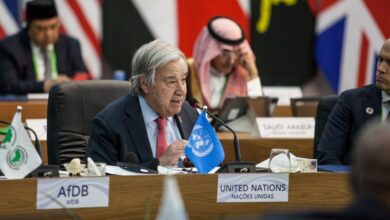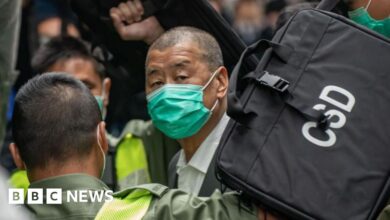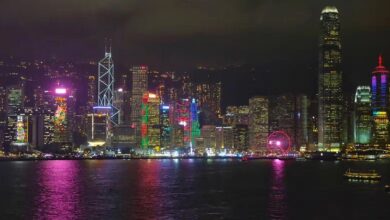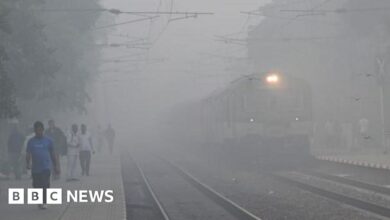Gaza man says Hamas leader Yahya Sinwar was killed in his evacuated home
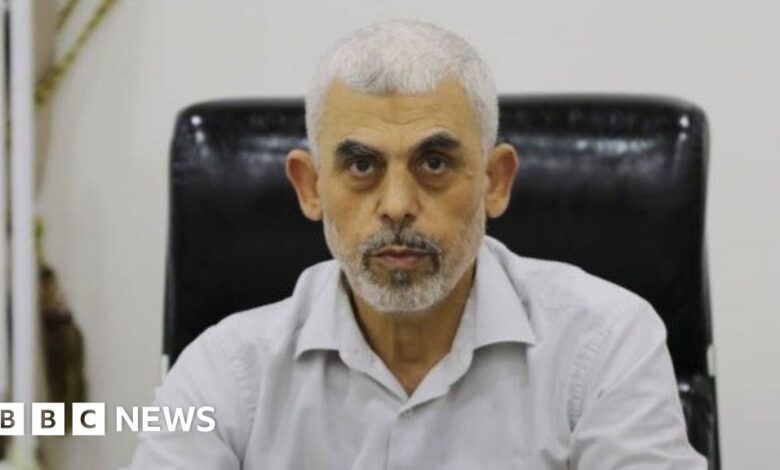
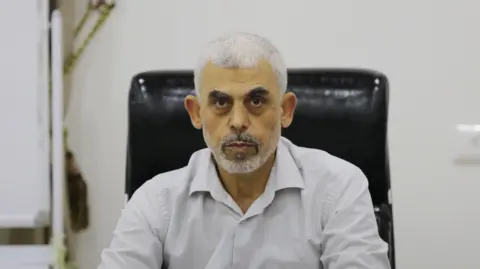 Getty Images
Getty ImagesA Palestinian evacuated from Gaza told the BBC that the house where the former Hamas leader was murdered was his home for 15 years before he fled in May.
Ashraf Abo Taha said he was “shocked” when he identified the partially destroyed building in Israeli drone footage of the incident as his home on Ibn Sena Street in Rafah, southern Gaza.
Yahya Sinwar, the key figure behind the October 7 attack on Israel, was killed by the Israeli army on Wednesday.
The Israeli military released drone footage showing Sinwar in a partially destroyed house before he was killed.
Mr Abo Taha told BBC Arabic’s Gaza Lifeline channel that he left his home in Rafah for Khan Younis on May 6, when Israel ordered evacuation and began a campaign against Hamas militants, and has so far not received any news about his home.
Mr. Abo Taha said his daughter first showed him the video allegedly capturing Sinwar’s last moments on social media, saying it depicted their house in Rafah. He didn’t believe her at first until his brother confirmed that the house was indeed his.
“I thought ‘yes, this is my house’ and I saw those pictures and I was shocked,” Mr. Abo Taha said.
He said he did not know why Sinwar was there or how he got there.
“Never have I, my brothers and my sons had anything to do with this,” he said.
BBC has verified that the pictures and videos provided by Mr. Abo Taha of his house match the house where Sinwar was killed.
BBC Verify compared and contrasted images of the house’s window archways, exterior decorations on the doors, shelves and armchairs from the footage.
The BBC could not independently verify that Mr Abo Taha owned the house.
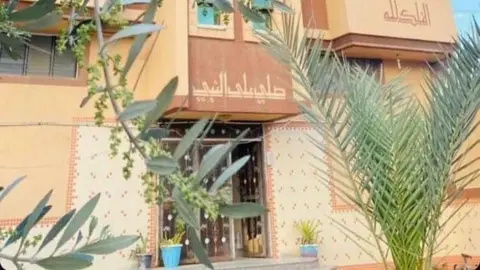 Ashraf Abo Taha
Ashraf Abo Taha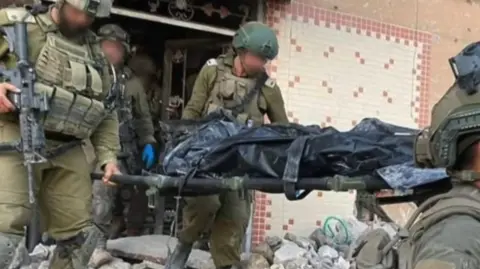 IDF
IDFFootage of Sinwar’s killing has been analyzed by the BBC and the house where he was last seen was one of the few partially destroyed buildings in a neighborhood with extensive damage.
According to the United Nations, Israel’s attack on Rafah in May faced strong international criticism and caused the exodus of more than one million Palestinians.
Many people were forced to relocate for a second or third time because they had taken refuge in and around Rafah after being displaced from other areas of Gaza.
Mr. Abo Taha said he built the house in Rafah himself with the help of his brothers and sisters. He said it cost around 200,000 shekels (£41,400) and was in good condition when he left.
He describes the orange sofas in his house and an orange casserole dish, recalling the last time he saw them when he escaped from home.
“These are memories because some of them were brought back by my mother and they are very precious to me,” he said.
“What happened left me very sad, the house I built and all my payments disappeared,” he said. “Only God can make it up to us.”


